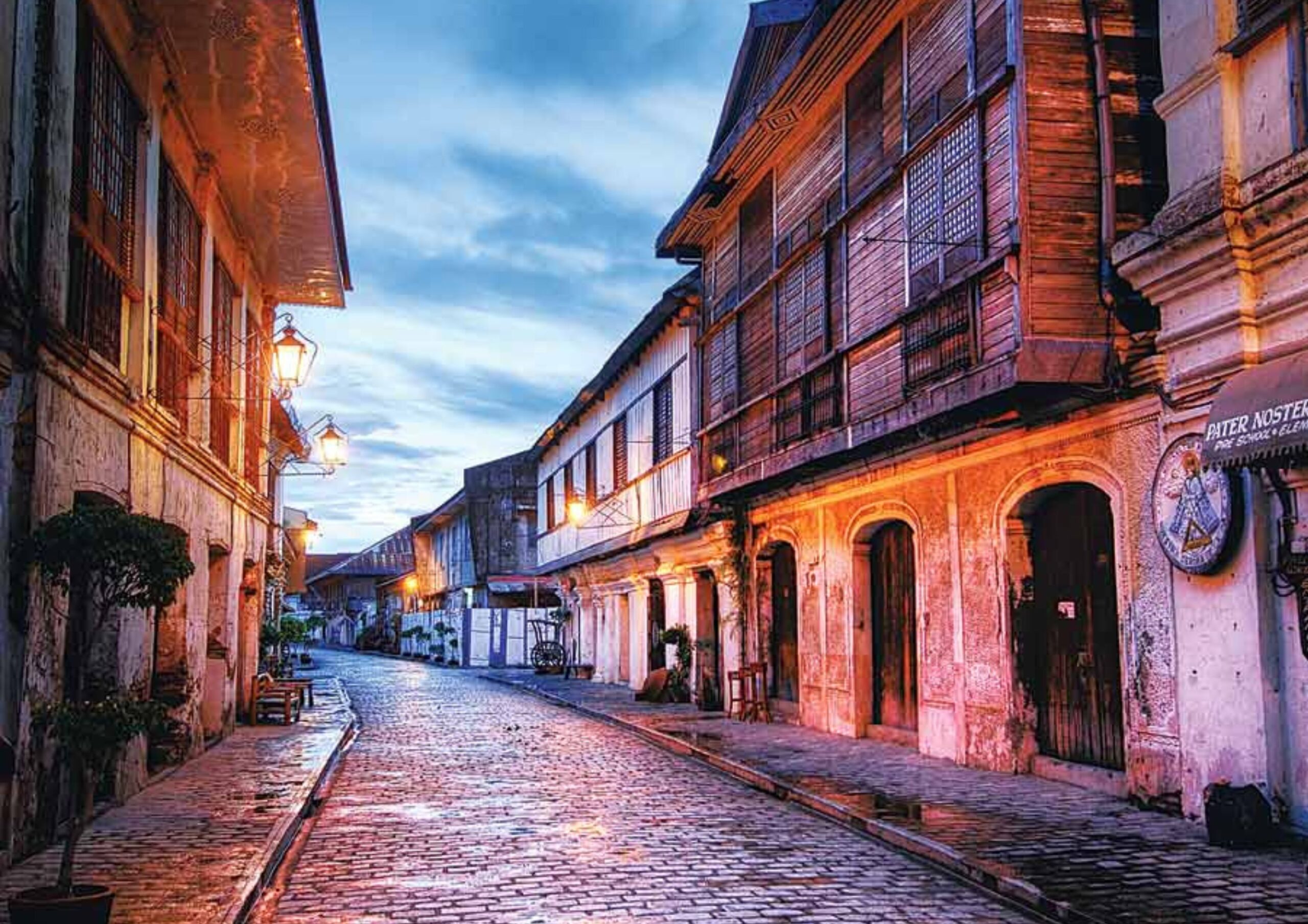
Revitalized Heritage: Restoring Historical Places in the Philippines
Heritage structures are essential landmarks of our culture. They reflect a past that serves as the foundation of our present. Unfortunately, these buildings are constantly under threat of demolition to make way for new developments. Because of this, restoring historical places in the Philippines becomes more important than ever in preserving Filipino vernacular architecture. These very spaces help form our identity, and losing these culturally significant landmarks can undermine the foundations of our nation’s narrative.
Preserving the Spirit of Place
A major concern in today’s cityscapes is the lack of green spaces for public use. Furthermore, the constant cycle of demolishing, rather than repurposing buildings, poses a problem for sustainability and heritage conservation. Intangible forms of heritage can be found in aspects of identity such as our way of life, traditions, and values. Alongside this, the tangible structures are rooted in physical characteristics that meet the practical and aesthetic needs of its users.
“Those two conventions (tangible and intangible) go together, actually. You have an ancestral house and you can see that it is heritage, but the big part of its story is how the people live inside. What they do, eat, wear, believe in, even how they party—that’s all heritage, and that’s what gives life to the ancestral house. You want to tell the whole story, so a place has to tell you that.”
Arch. Augusto “Toti” Villalon
The impression of the community on their space, as a vehicle towards their ideals, determines the relationship between people and their environment.
Perhaps, a reason why heritage buildings are at risk of being demolished is because most of them are no longer at a capacity to serve the populace. The absence of people to make the area their place deprives them of the opportunity to connect with their roots. In response, these legacies from the past must invite life into them through a renewed spirit.
Therefore, restoring historical places in the Philippines must be realigned with modern society for people to return to them. Designing for the Filipino implies recognizing how we live, our breadth of thought, and understanding society’s traditions and customs. Furthermore, such efforts are typically grounded to meet the needs of the local community to form a strong foundation that integrates heritage into day-to-day living.
Including The Community In Reviving Heritage

Paco Park was built by Spanish friars during the early 1800s as a cemetery in Intramuros. National Heroes such as Jose Rizal, Mariano Gómez, José Burgos, and Jacinto Zamora were originally laid to rest within its hallowed grounds. Around 60 years ago, National Artist Ildefonso P. Santos, Jr. was involved in planning the design for the park. The renewed design at the time featured a raised core to combat flooding and introduced amenities such as a central piazza and lights.
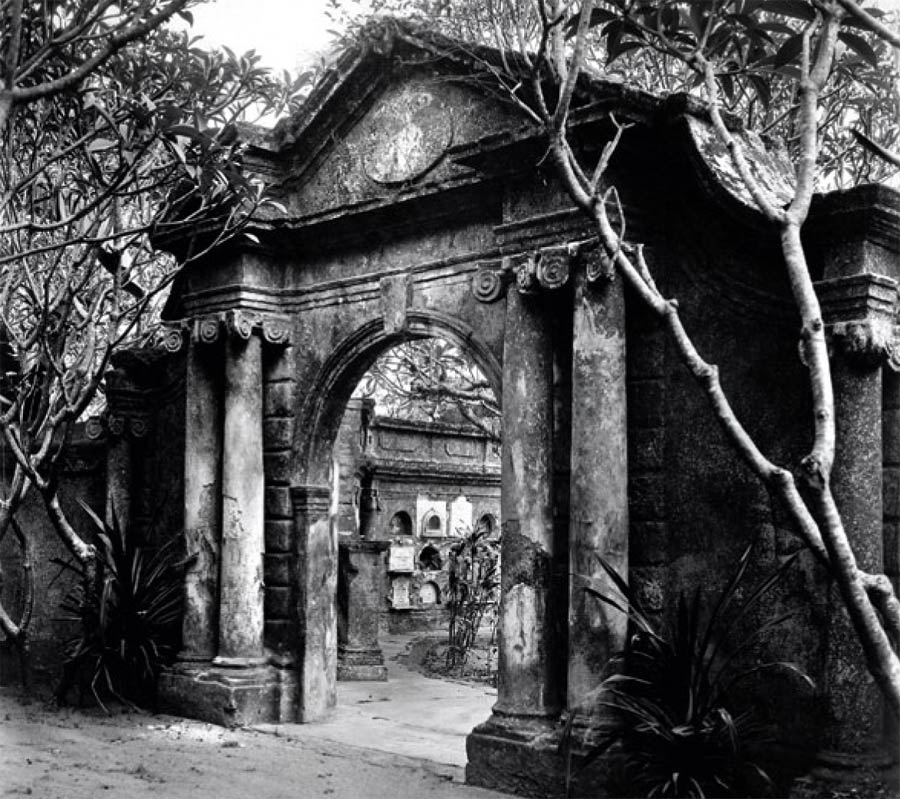
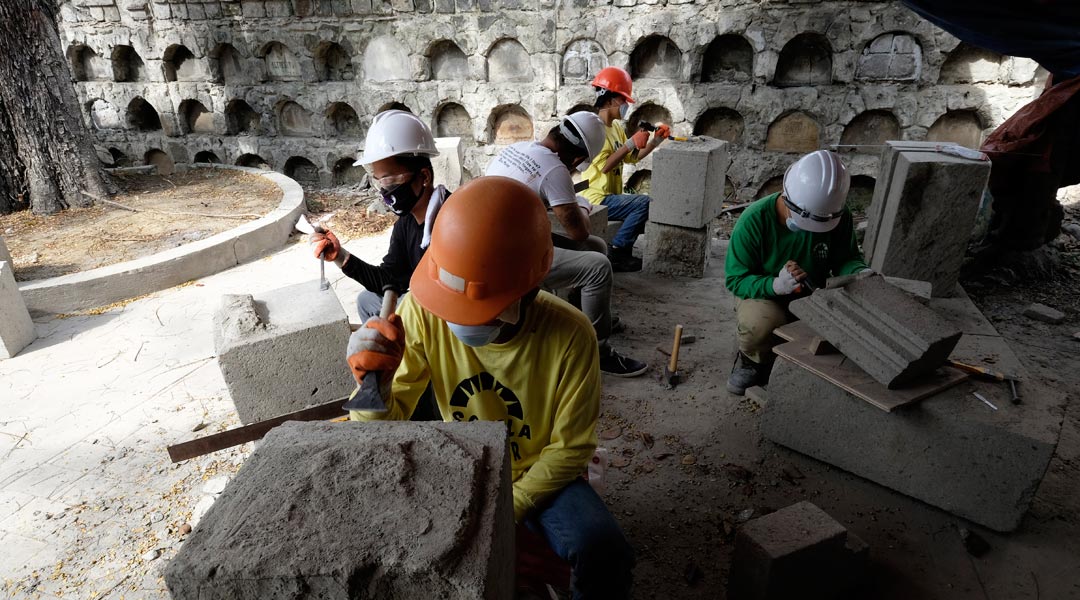

Escuela Taller oversaw rehabilitation efforts for the park back in 2015. They were given the mandate to preserve the site in accordance with the original plans. As they began to work, they discovered new perspectives in how spaces were designed before and uncovered stories that add to the park’s narrative. Remnants of paint indicated that the walls were once pastel-colored, rather than the bare stone of its present state. The history of repairs showed old methods of restoration efforts alongside ascertaining original parts of the structure that were lost or missing.
Escuela Taller also trained indigent locals and out-of-school youths to help with the park’s restoration. The team meticulously replaced the failing components of the park’s structures. They exchanged old adobe blocks with new ones to ensure the walls’ integrity. Aside from restoring the park, the project also empowered its locals with an opportunity to have a positive impact on the community by strengthening this historical place in the Philippines.
Bringing Out An Old City’s Potential

Downtown IloIlo City is among the few remaining historical places in the Philippines lined with numerous heritage buildings. Unfortunately, the area began to deteriorate due to competition from modern establishments such as shopping malls. Officials at the time recognized the potential of historical buildings in revitalizing local businesses. They formulated an action plan in coordination with the firm CONCEP to reintegrate heritage as a means to strengthen the capacity of the commercial center.



The plan comprised the following steps:
- The conservation and retrofitting of the heritage buildings identified by the Iloilo City Cultural Heritage Conservation Council;
- The physical and infrastructure improvement of streets, sidewalks, parking, and the relocation of vendors;
- The pedestrianization and conversion of a block of Calle Réal;
- And the financing and institutional arrangement for the implementation of the revitalization activities, as well as the subsequent management of the area.
The initiative to revive the downtown area covered a wide scope. Different measures to improve the quality of the urban environment were undertaken as well to increase social mobility. The city’s historical area transformed into an inviting place for the general public, vendors, private business, and tourists. These rehabilitation efforts culminated into a higher sense of pride and a stronger economy for IloIlo City locals.
What is truly remarkable were the actions taken to recapture the authenticity of the area. The council banned billboards and removed unused power cables. The incremental restoration of built heritage reintroduced the authentic character of the place. Furthermore, enacted policies enticed private enterprises to relocate within the zone.
Reclaiming A Town’s Heritage
The City of Vigan Before Its Popularity
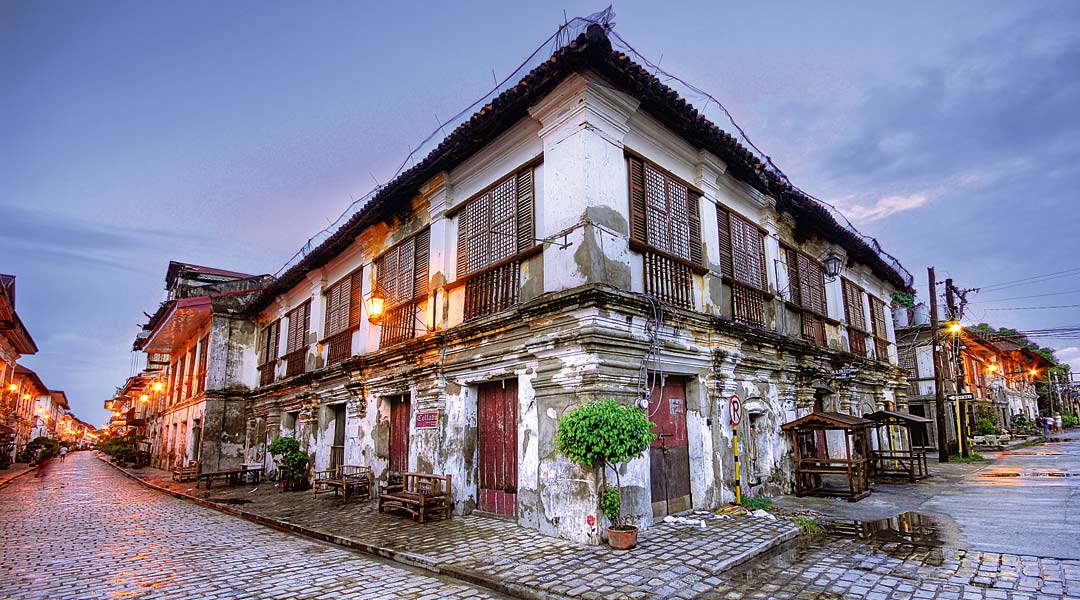
The City of Vigan, formerly a town until the early 2000s, is well-known throughout the world as a UNESCO World Heritage Site. However, it wasn’t always like this.
During the 1970s, the relationship between the city of Vigan and its locals was in a sorry state. Political tensions and superstitions created conditions that made the town notorious. People believed the old houses brought bad luck and contained spirits.
Preservation practices at the time caused more harm than good. Fake cobblestones and inadequate drainage led to rainwater damaging the houses. The removal of the facades’ plaster to intentionally make houses look older took away from the buildings’ original vibrant colors.
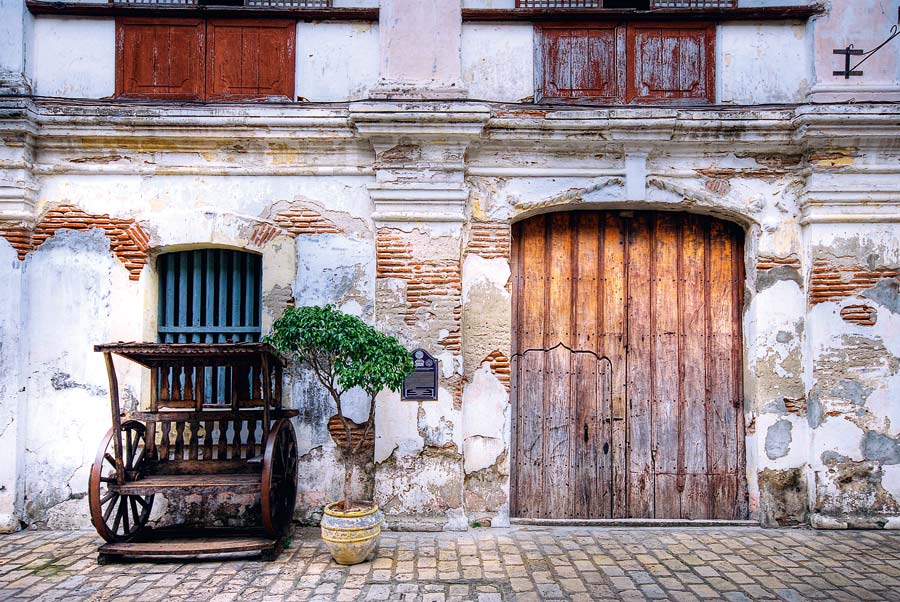
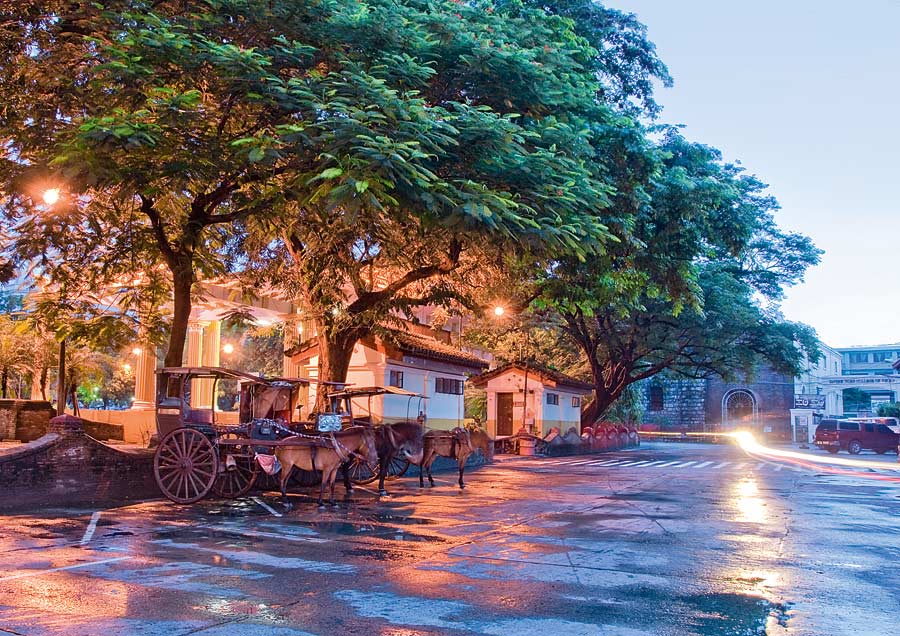
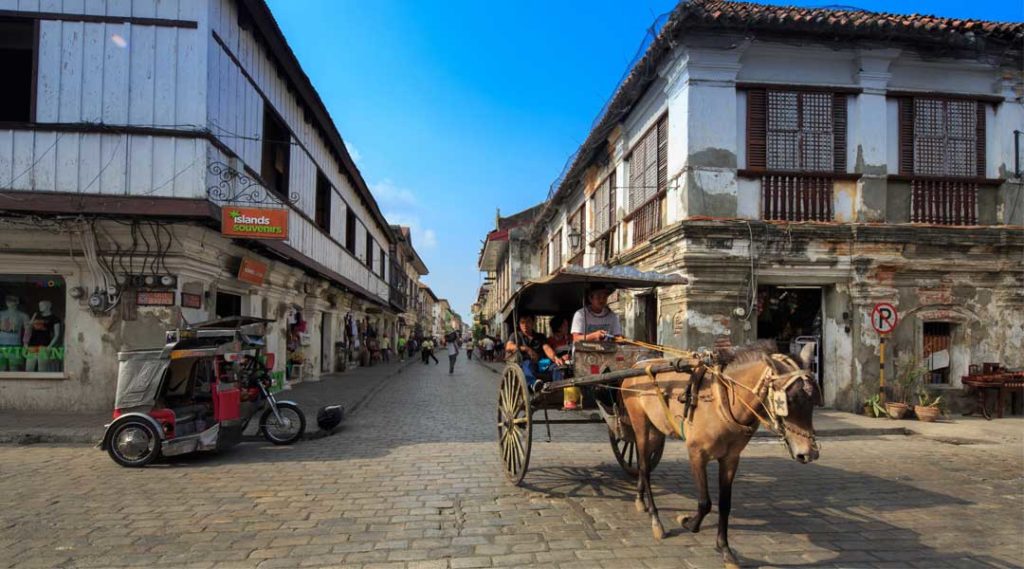
The Effort to Revive The Town of Vigan
In the 1990s, a team of locals and heritage enthusiasts worked together to restore the town to its former glory. BluPrint interviewed Dr. Fernando “Butch” Nakpil Zialcita, a member of the group, who shared the story behind the town’s restoration.
“It’s an example of how an entire town can be preserved, if the different sectors agree, and if there’s a consensus. But how to build that consensus is a challenge. It’s also an example of how a community can benefit materially from preservation. It’s interesting also the [spiritual] benefit, in the sense of psychic rewards, pride of place.”
Dr. Fernando “Butch” Nakpil Zialcita
The group organized the Viva Vigan festival to highlight the city’s potential as a tourist destination. They staged plays, held Kalesa competitions, and conducted fashion shows along Crisologo Street to revitalize the area.
An increased awareness of this historical place in the Philippines incited further development which led to the involvement of numerous organizational bodies. The team invited different international institutions such as UNESCO and Pact Arim, a French NGO, to assess the town and advise on actionable steps in preserving its built environment.
A key insight for Vigan’s rehabilitation was to focus on its residents, rather than tourism, to foster a vibrant local economy. This led to the development of hotels, restaurants, cafes, museums, and even a zoo.
The preservation of our historical places in the Philippines allows us to embody the rich tapestry and values that come from the past. The challenge lies in harmonizing these spaces with the needs of modern society. Building upon our heritage greatly benefits the community as a sustainable and culturally-rich means of development.


